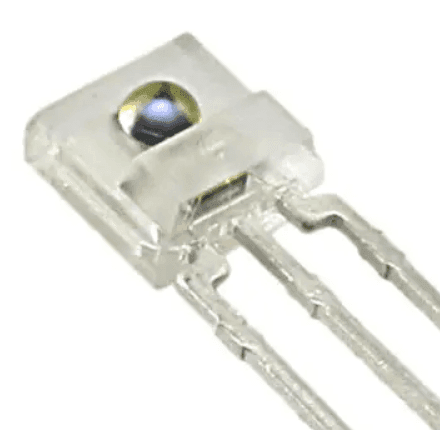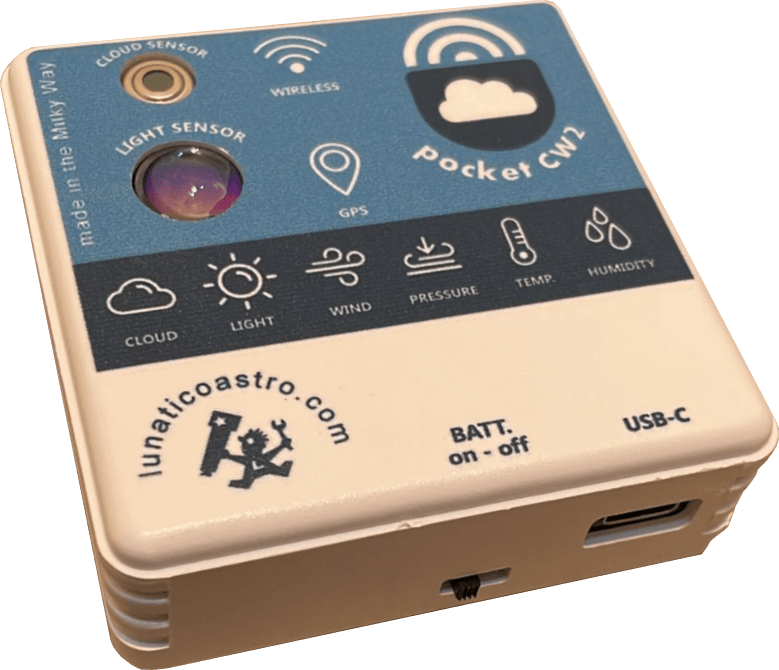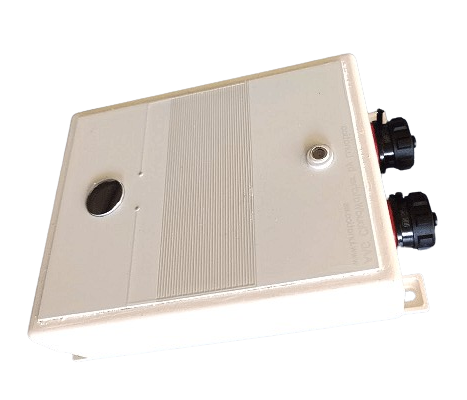New light sensor for the CloudWatcher
Filter: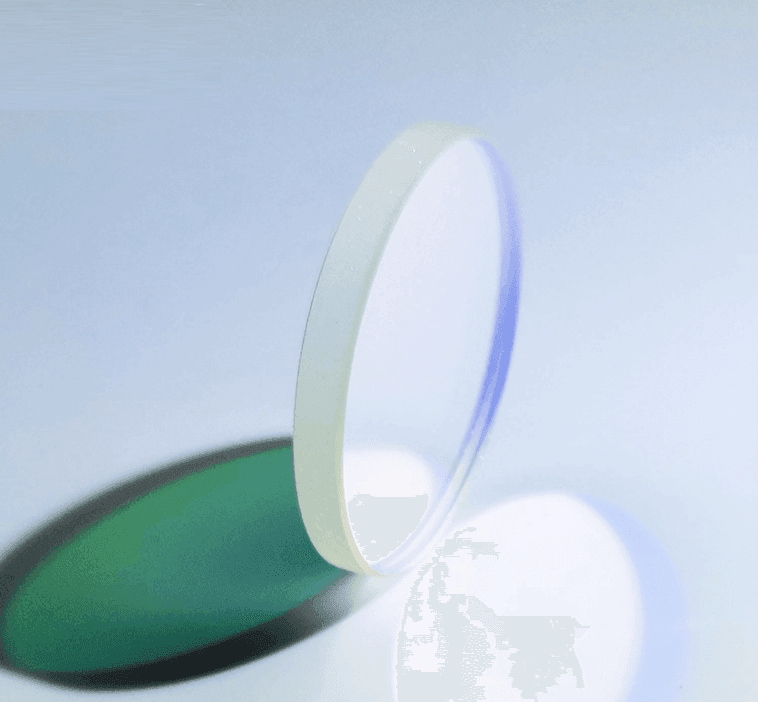
We could not use our previous “clear” methacrylate window for the older brightness sensor, as we imperatively need to reject wavelengths out of the visible spectrum now.
A standard astrophotography dichroic UV/IR filter has been chosen, as it will more closely reflect the amount of light that our CCD/CMOS camera will be receiving. These filters have been custom-made for us, full size, so they double as filters and as weather protection windows.
We also considered a photometry filter (expensive, and not as useful in our opinion). The fact that broad spectrum LED lighting is becoming increasingly common has influenced this decision.
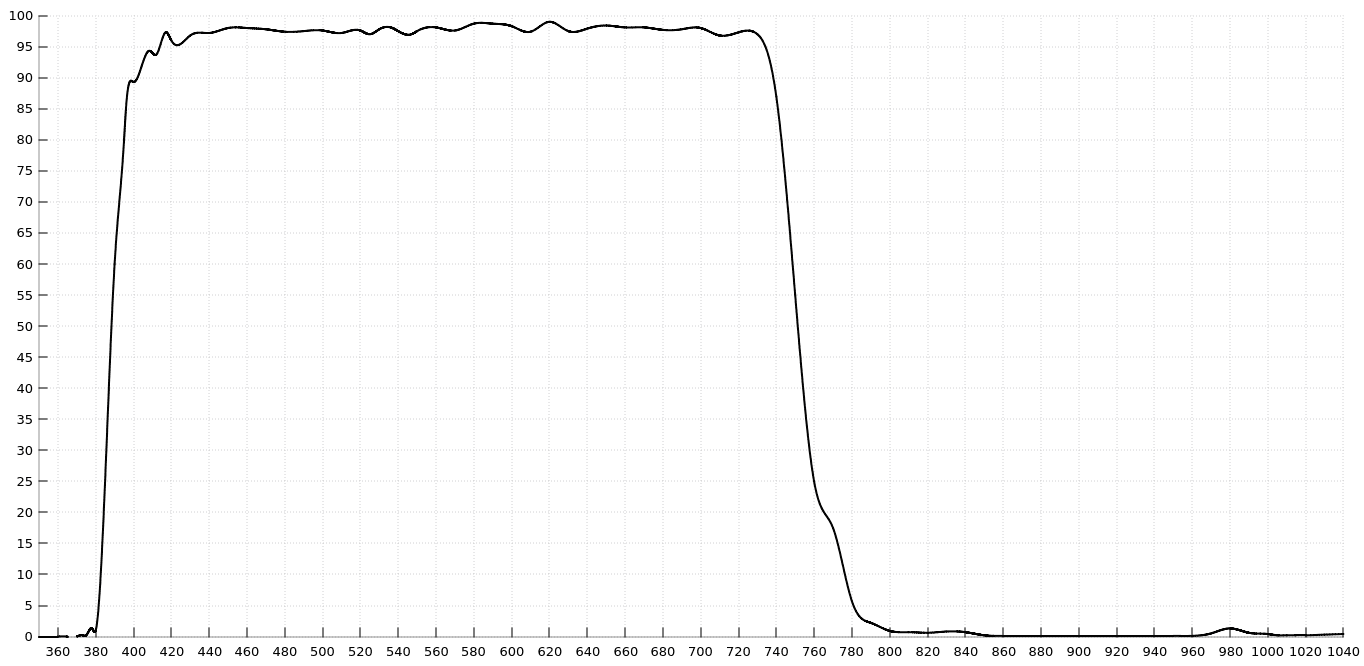
Field of view:
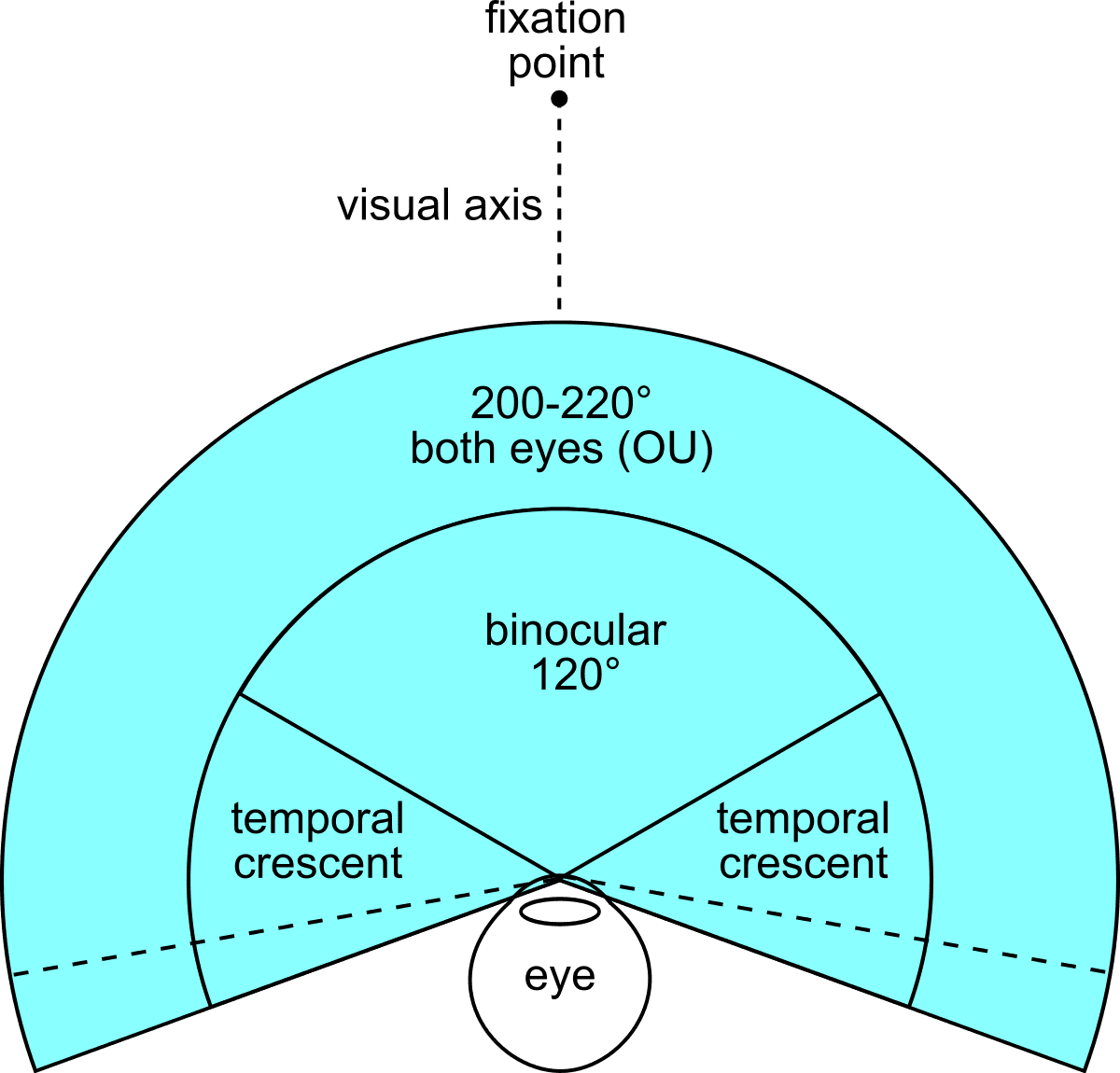
This, of course, may not be the case for everyone, but we expect it to be a good idea for most instances.
Calibration:
